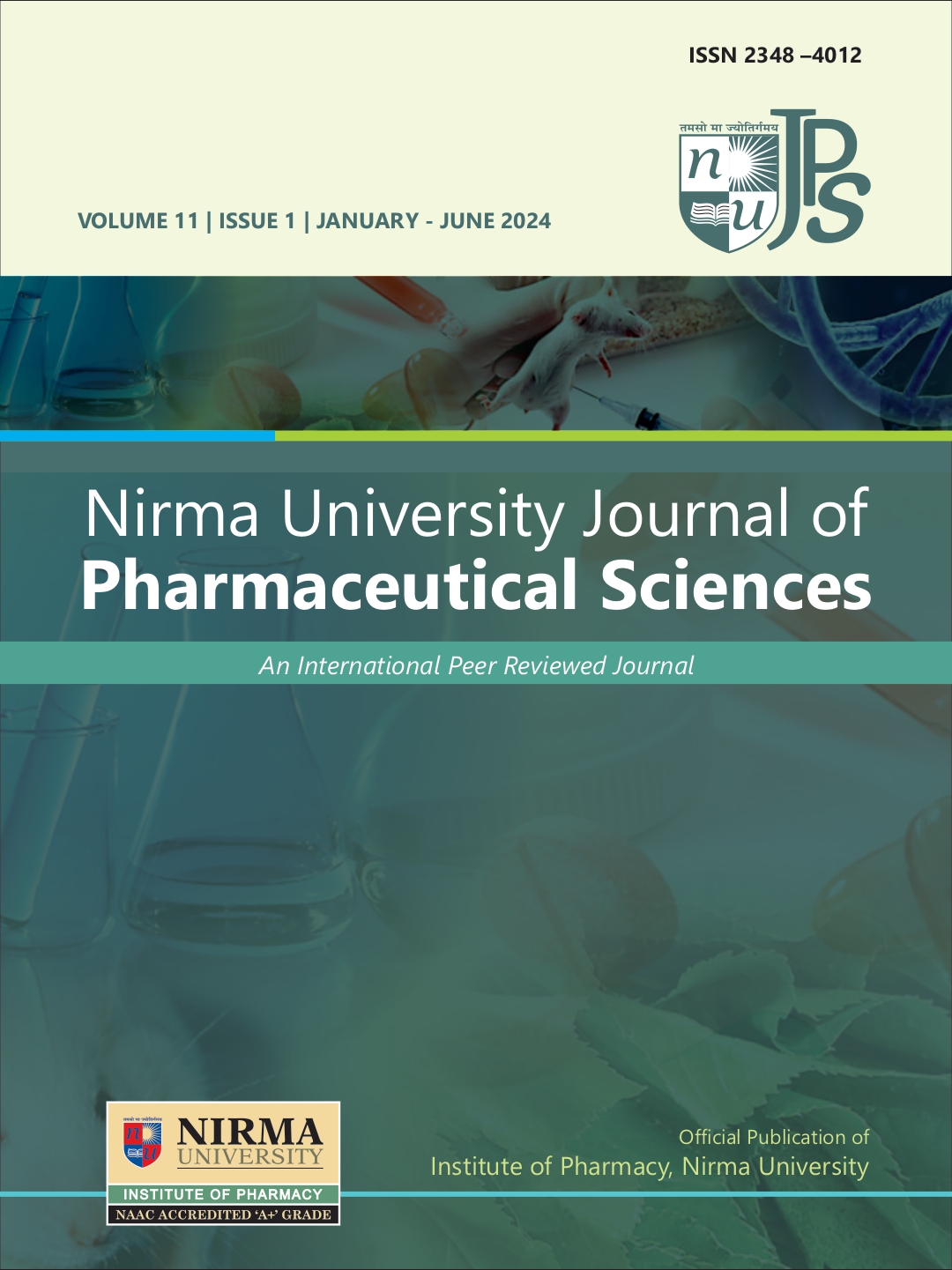DISCOVERY OF INHA INHIBITORS AS ANTI-TB AGENTS: DESIGN, MOLECULAR DOCKING AND ADMET PREDICTION
DOI:
https://doi.org/10.5281/Abstract
As one of the top 10 causes of death, tuberculosis (TB) is a very fatal infectious illness that affects millions of people worldwide. TB still poses a serious threat to world health, particularly in areas with little resources, despite considerable advancements in detection and treatment. Numerous challenges face the current pharmacological therapy for TB, impeding successful outcomes. The emergence of antibiotic resistance within the bacterial population is one of the most urgent problems. This resistance is especially concerning when it progresses to extensively drug-resistant TB (XDR-TB) and multidrug-resistant TB (MDR-TB), which render conventional treatments ineffective or completely ineffective. Drug-resistant TB has a wide range of effects, including extended treatment regimens, higher medical costs, and occasionally unfavorable patient outcomes. Additionally, the currently accessible medications may come with significant. In the course of our research, computational techniques like molecular docking and ADMET predictions were used to find novel and powerful InhA inhibitors as anti-TB medicines. Using Autodock version 1.5.7, the designed compounds were docked on the InhA enzyme. Additionally, ADMET predictions were made using the OSIRS Property Explorer. It was determined that compounds 2, 4, and 6 may be used as effective and bioactive anti-TB medicines based on the results of molecular docking and ADMET predictions. These compounds will be produced, and their biological activity will be evaluated. The results of this research identified compounds 2, 4, and 6 as good candidates for more study, suggesting a potential advancement in the fight against tuberculosis.







